EN 10208 carbon steel pipes are used for transporting gas, oil, combustible fluids with specific pressure in the mining, chemical, and power engineering industry.
The pipes are manufactured with the diameters between 21,3 – 660 mm and with the wall thickness of up to 40 mm in the case of hot rolled seamless pipes, and with the diameters between 10,2 – 108 and with the wall thickness of up to 10 mm in the case of cold drawn seamless pipes.
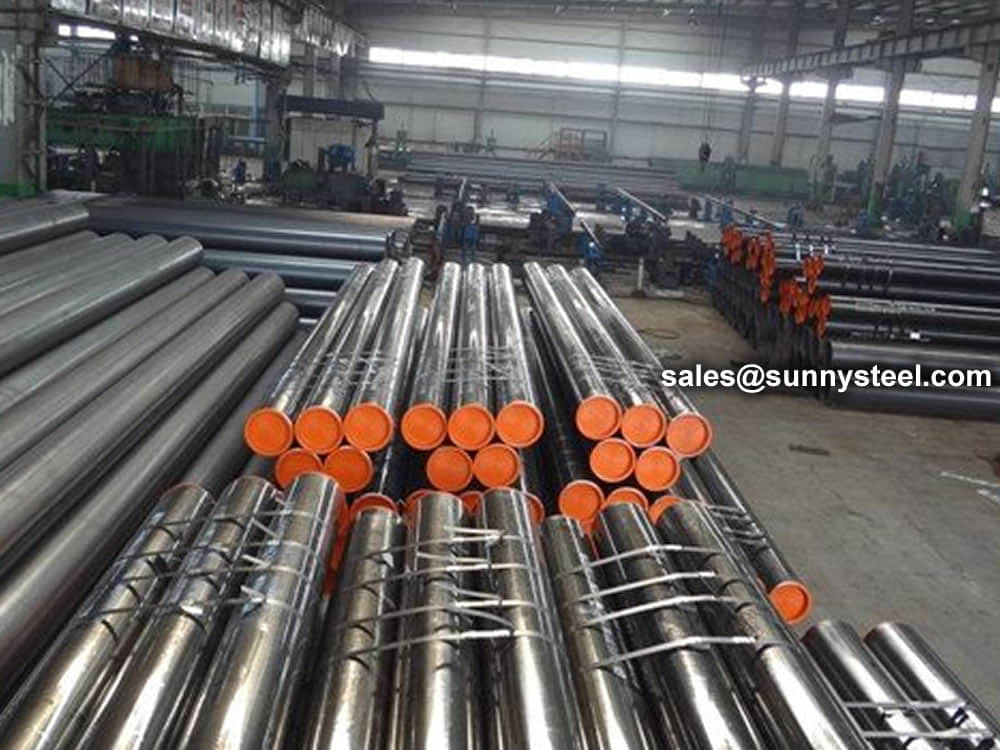
The pipes are utilised for transporting gas, oil, combustible fluids with certain stress inside the mining, chemical, and power engineering sector.
The pipes are manufactured with all the diameters amongst 21,3 - 660 mm and using the wall thickness of as much as 40 mm within the case of hot rolled seamless pipes, and with all the diameters between 10,2 - 108 and together with the wall thickness of as much as ten mm inside the case of cold drawn seamless pipes.
seamless steel pipes and welded steel pipes.
Steel grades used requirement class A
BS EN 10208-2 is the European regular that specifies the technical delivery conditions for seamless and welded steel pipes for the on land transport of combustible fluids mostly in gas provide systems but excluding pipeline applications inside the petroleum and all-natural gas industries. It consists of far more stringent quality and testing needs than those in BS EN 10208-1.
Steel pipes for pipeline transportation systems inside the petroleum and natural gas industries are covered by ISO 3183. BS EN 10208-2 specifies products with the identical (and additional) strength levels and partly related (but not identical) specifications as EN 10208-1 and EN 10208-2 and is with two extra annexes specifying deviating or extra needs also published as API Spec 5L.
| Pipe type | Original material | Plastic forming of the pipe1) | Thermal processing state | Thermal processing symbol |
| Seamless (S) | Ingot or block | Hot rolling | Normalization or normalization plastic forming | N |
| Heat treatment | Q | |||
| Hot rolling and cold finishing | Normalization | N | ||
| Heat treatment | Q | |||
| High frequency welding (HFW) | Normalized rolled strips | Cold forming | Normalization of the weld area | N |
| Thermomechanically rolled strips | Heat treated weld area | M | ||
| Hot rolled strips or normalized rolled strips | Cold forming and reduction with hot tensioning at controlled temperature so as to achieve a normalized state | Normalization (whole pipe) | N | |
| - | N | |||
| Submerged arc welding (SAW) -longitudinal (SAWL) -spiral (SAWH) or combined welding (COW) -longitudinal (COWL) –spiral (COWH_ | Normalized or normalized rolled sheets or strips | Cold forming | - | N |
| Thermomechanically rolled sheets or strips | ||||
| Rolled sheets or strips | Normalization plastic forming | - | M | |
| Normalized or normalized rolled sheets or strips | N |
| Steel designation | Maximum content, % | CEV max. | ||||||||
|---|---|---|---|---|---|---|---|---|---|---|
| Steel symbol | C | Si | Mn | P | S | V | Nb | Ti | Other | |
| Steels for seamless and welded pipes | ||||||||||
| L245NB L290NB L360NB L415NB |
0,16 0,17 0,20 0,21 |
0,40 0,40 0,45 0,45 |
1,1 1,2 1,6 1,6 |
0,025 0,025 0,025 0,025 |
- 0,05 0,10 0,15 |
- 0,05 0,10 0,15 |
- 0,05 0,05 0,05 |
- 0,04 0,04 0,04 |
0,42 0,42 0,42 0,45 to be negotiated |
|
| Steels for seamless pipes | ||||||||||
| L360QB L415QB L450QB L485QB L555QB |
0,16 0,16 0,16 0,16 0,16 |
0,45 0,45 0,45 0,45 0,45 |
1,4 1,6 1,6 1,7 1,8 |
0,025 0,025 0,025 0,025 0,025 |
0,020 0,020 0,020 0,020 0,020 |
0,05 0,08 0,09 0,10 0,10 |
0,05 0,05 0,05 0,05 0,06 |
0,04 0,04 0,06 0,06 0,06 |
0,42 0,43 0,45 0,45 to be negotiated |
|
| Steels for welded pipes | ||||||||||
| L245MB L290MB L360MB L415MB L450MB L485MB L555MB |
0,16 0,16 0,16 0,16 0,16 0,16 0,16 |
0,45 0,45 0,45 0,45 0,45 0,45 0,45 |
1,5 1,5 1,6 1,6 1,6 1,7 1,8 |
0,025 0,025 0,025 0,025 0,025 0,025 0,025 |
0,020 0,020 0,020 0,020 0,020 0,020 0,020 |
0,04 0,04 0,05 0,08 0,10 0,10 0,10 |
0,4 0,4 0,5 0,5 0,5 0,6 0,6 |
- - 0,04 0,06 0,06 0,06 0,06 |
0,40 0,40 0,41 0,42 0,43 0,43 to be negotiated |
|
| Steel designation | Pipe body (seamless pipe and welded pipe) | Spiral weld | Whole pipe | ||||
|---|---|---|---|---|---|---|---|
| HFW, SAW, COW | SAW, COW | ||||||
| Steel symbol | Plastic limit R 10,5N/mm 2 | Tensile strength R mN/mm 2min. | R10,5/RmMax | Elongation A% min. | Tensile strength R mN/mm 2min | Diameter of the bending mandrel bar in the bending test | Pressure water test |
| L245NB L245MB |
245 to 440 | 415 | 0,80 0,85 |
22 | The same values as for the pipe body apply | 3T | Every pipe should be subject to the test and it should be free of any leaks or deformations |
| L290NB L290MB |
290 to 440 | 415 | 0,85 0,85 |
21 | 3T | ||
| L360NB L360QB L360MB |
360 to 510 | 460 | 0,85 0,88 0,85 |
20 | 4T | ||
| L415NB L415QB L415MB |
415 to 565 | 520 | 0,85 0,88 0,85 |
18 | 5T | ||
| L450QB L450MB |
450 to 570 | 535 | 0,90 0,87 |
18 | 6T | ||
| L485QB L485MB |
485 to 605 | 570 | 0,90 0,90 |
18 | 6T | ||
| L555QB L555MB |
555 to 675 | 625 | 0,90 0,90 |
18 | 6T | ||
It was the intention, when preparing this document, to avoid specifying the high-quality of line pipe to become utilised to get a certain application. Nonetheless, it was recognized that there are actually several high quality levels commonly made use of, and it was decided to reflect these inside the common by the differentiation involving two high-quality levels.
Firstly, the need was recognized to supply a standard top quality level. This really is designated requirement class A and considered in BS EN 10208-1.
Secondly, a lot of purchasers impose needs extra towards the basic regular, as an illustration concerning toughness and non-destructive inspection. This method is popular, as an example, for transmission pipelines.
Such enhanced needs are addressed in requirement class B and regarded in BS EN 10208-2.
For offshore applications and also other applications outside the scope of BS EN 10208-1 and BS EN 10208-2, other requirements may perhaps be applicable, e.g. ISO 3183.
The Charpy impact power needs within this document happen to be derived from established data, in accordance with EPRG recommendations, and are intended to prevent the occurrence of extended running shear fracture in pipelines transporting clean, dry natural gas. It truly is the duty from the designer to determine irrespective of whether these energy requirements suffice for the intended application. One example is, rich gas or two-phase fluids may well need additional testing to become carried out.
For pipes of requirement class B, a weld efficiency issue of 1,0 might be utilized in design calculations, because of the conditions specified for the manufacture of the pipes and for the testing with the tubes.
The selection of the requirement class will depend on lots of components: the properties in the fluid to be conveyed, the service conditions, design and style code and any statutory requirements must all be taken into consideration. BS EN 10208-2 provides no detailed suggestions. It is actually the ultimate duty of the user to choose the appropriate requirement class for the intended application.
This document combines a wide array of item varieties, dimensions and technical restrictions in accordance with the functional specifications for gas supply systems referred to in BS EN 1594 Gas provide systems. Pipelines for maximum operating pressure more than 16 bar. Functional needs.
DIN steel heat exchanger tubes, meeting German Industrial Standards, are constructed from high-temperature and corrosion-resistant steel, specifically designed for efficient heat exchange applications.
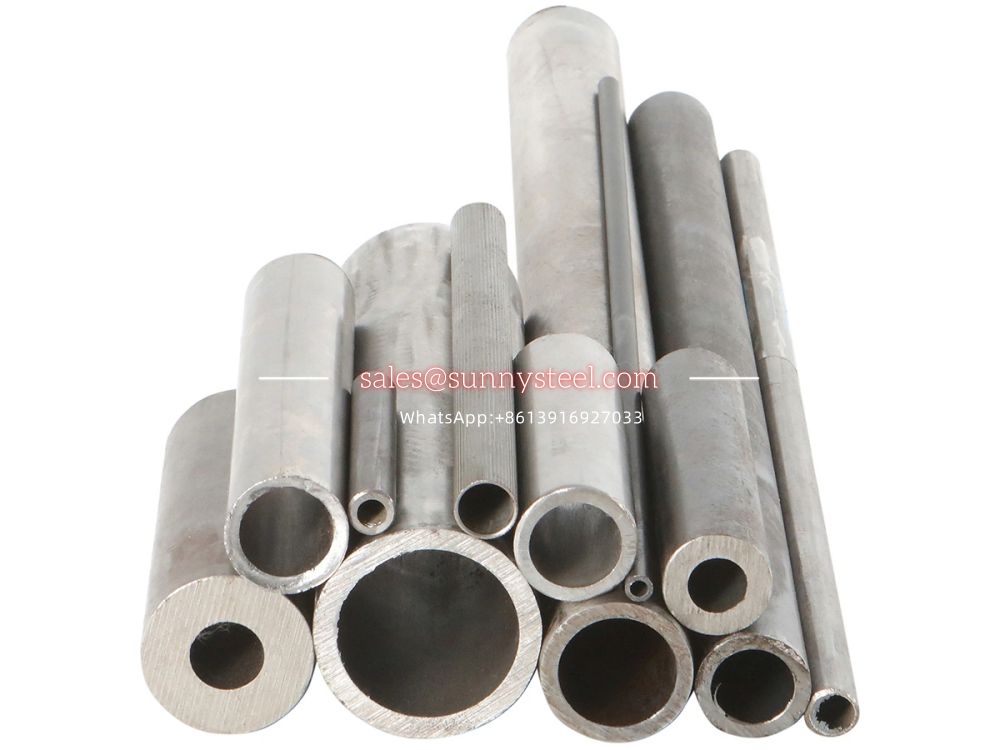
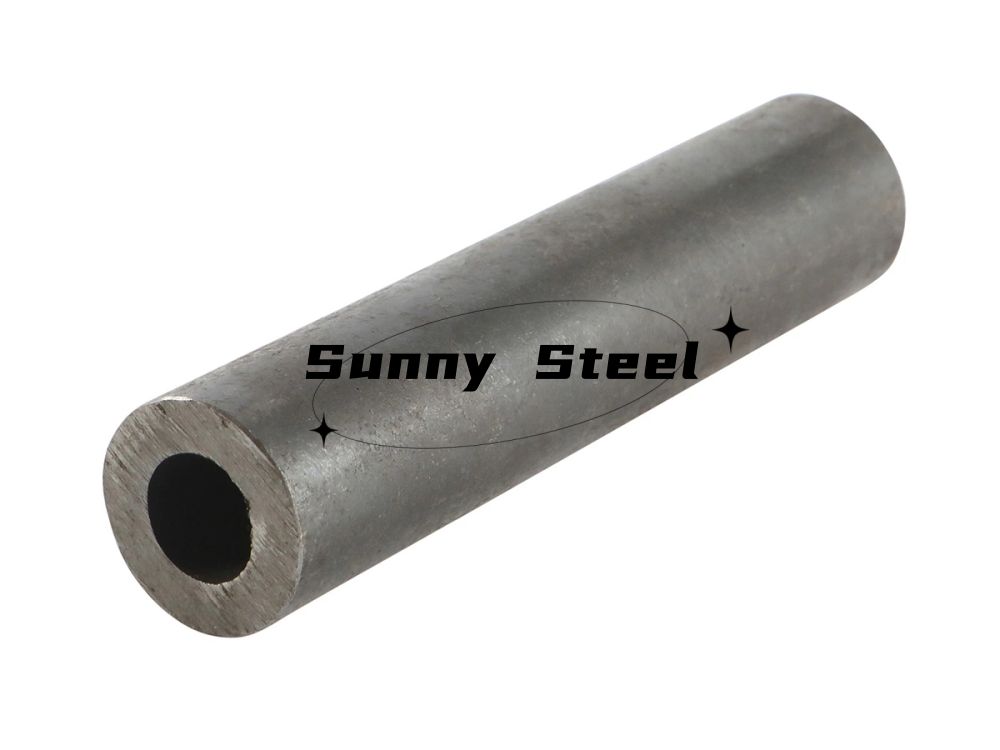
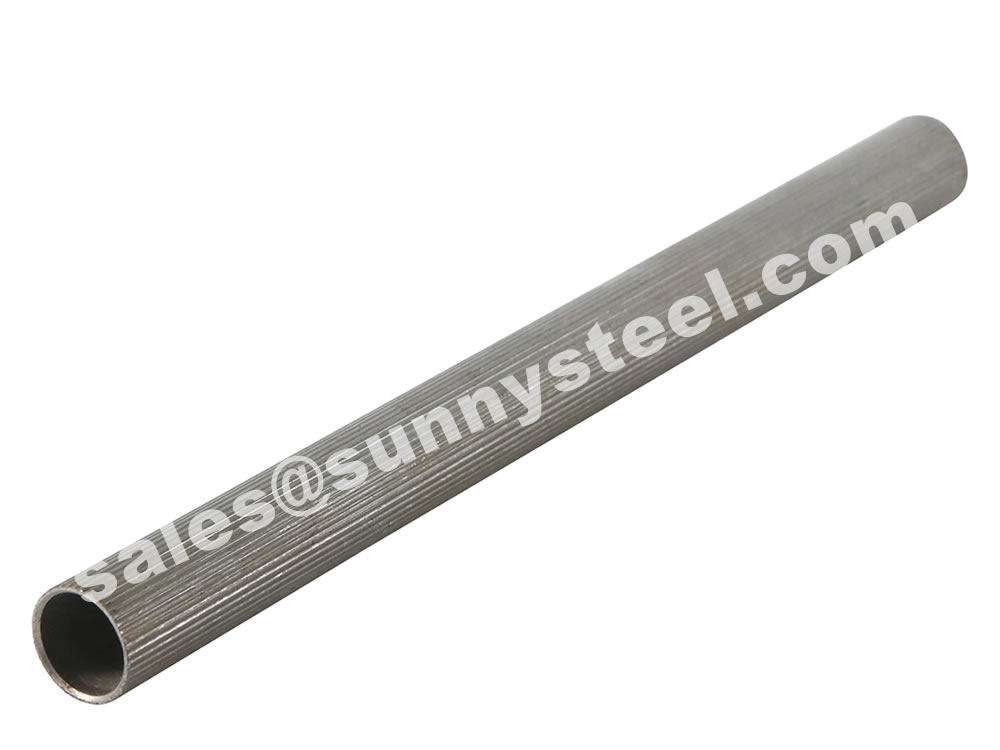
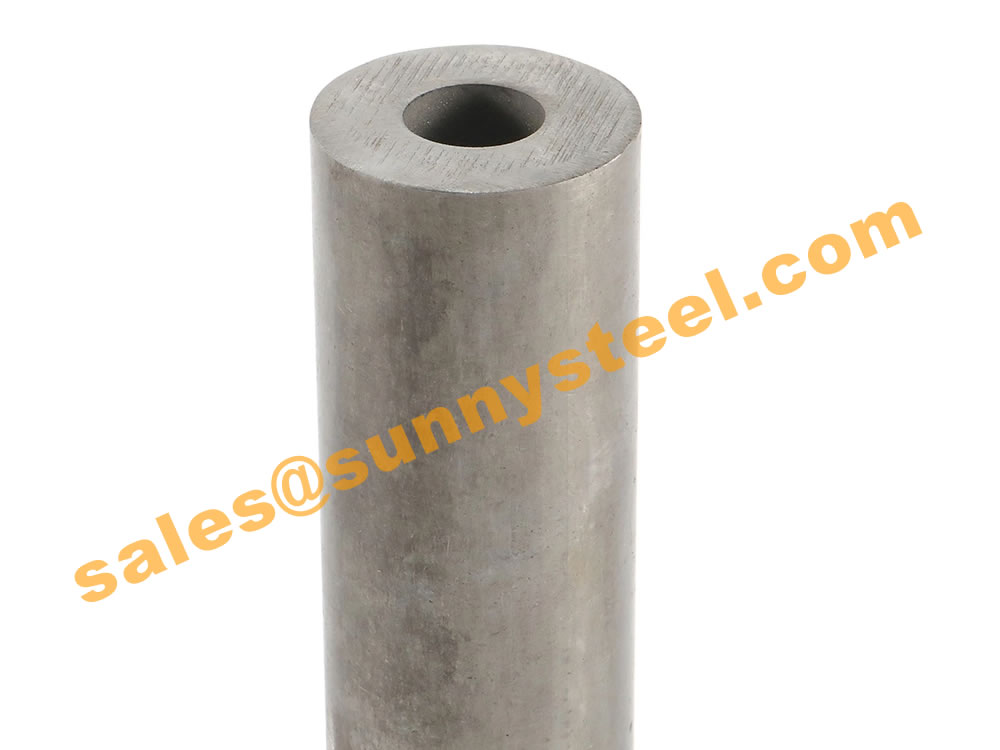
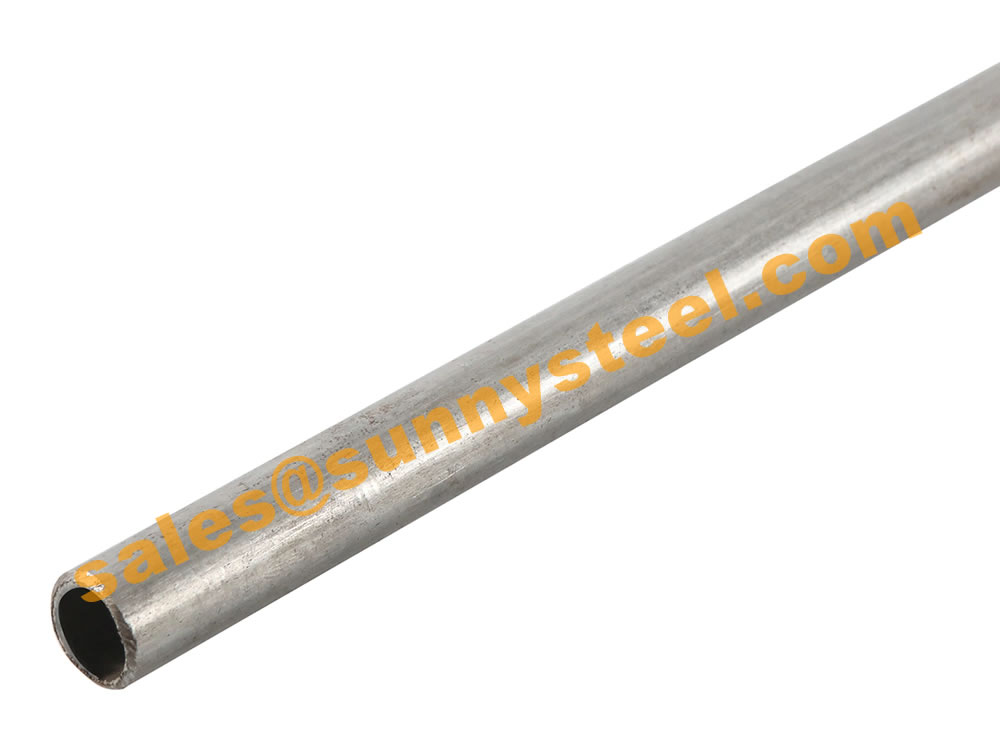
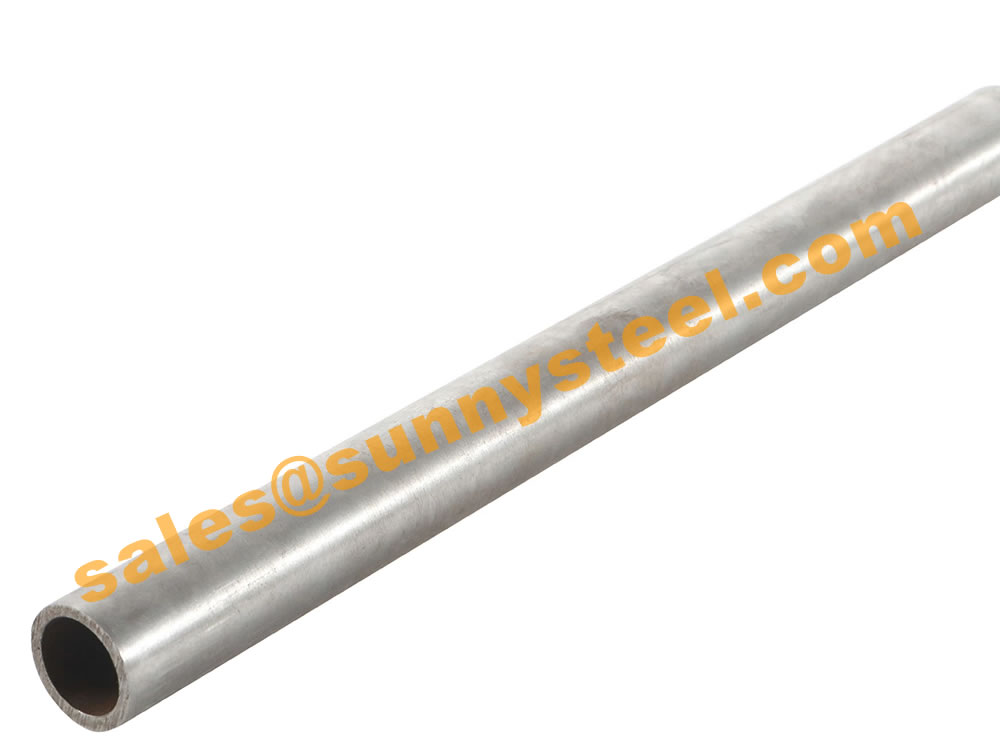
With years of expertise, we provide a diverse array of steel tube processing options. From sawing and machining tube blanks to intricate bending and upsetting operations, we actively assist you throughout your projects.
Our capabilities extend to eccentricity reduction and concentricity enhancement through turning and grinding. We excel in creating complex geometries using processes like rotary swaging and axial forming. Additionally, we offer property modifications via partial heat treatment, ensuring tailored solutions for your specific needs.
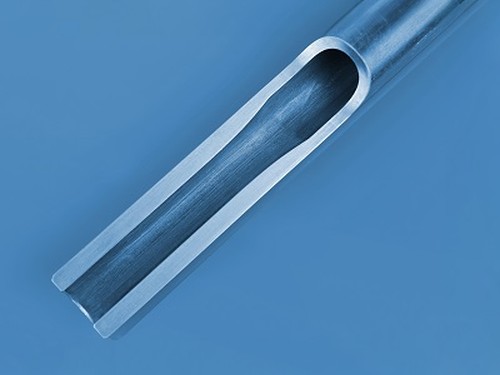
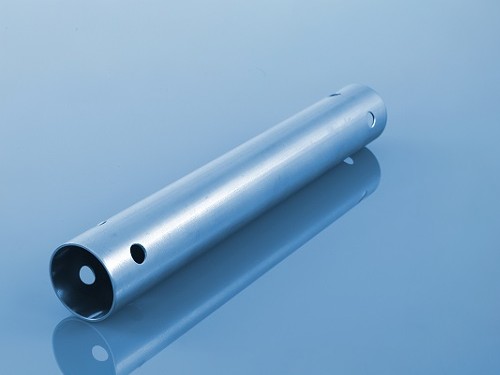
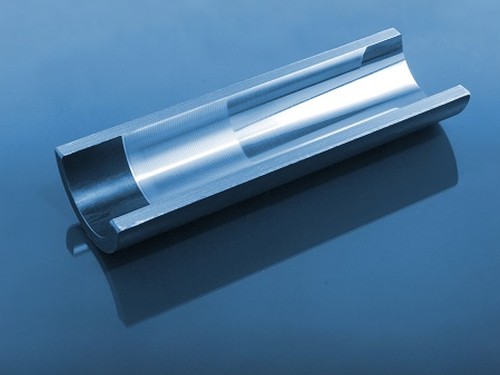
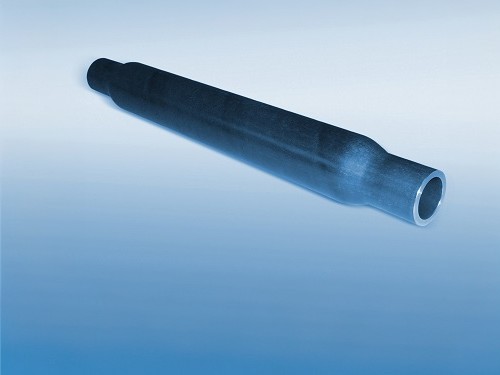

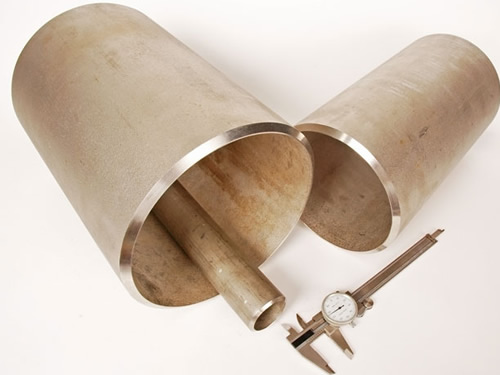
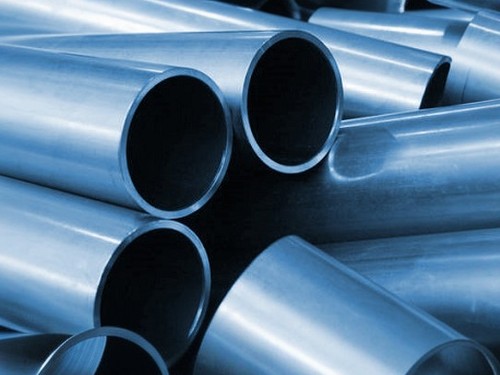
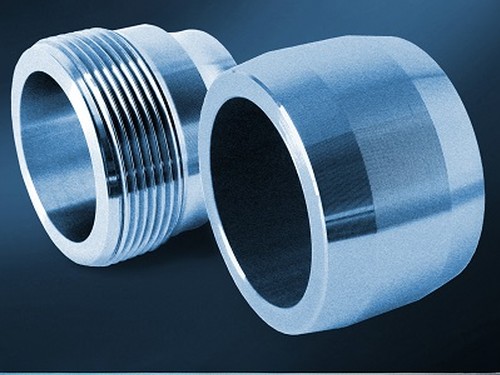
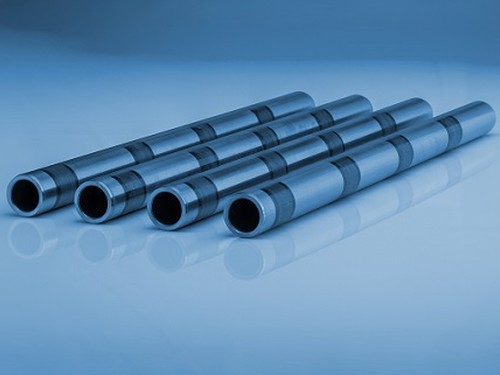
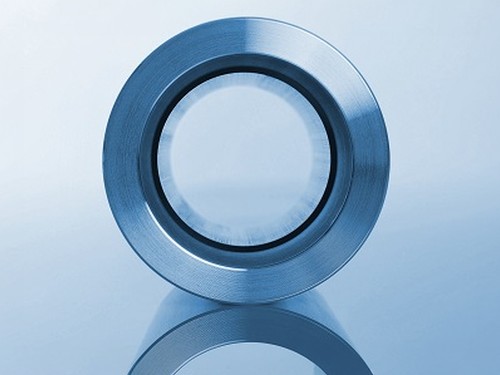
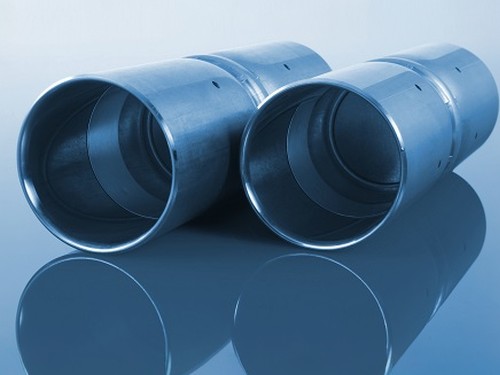
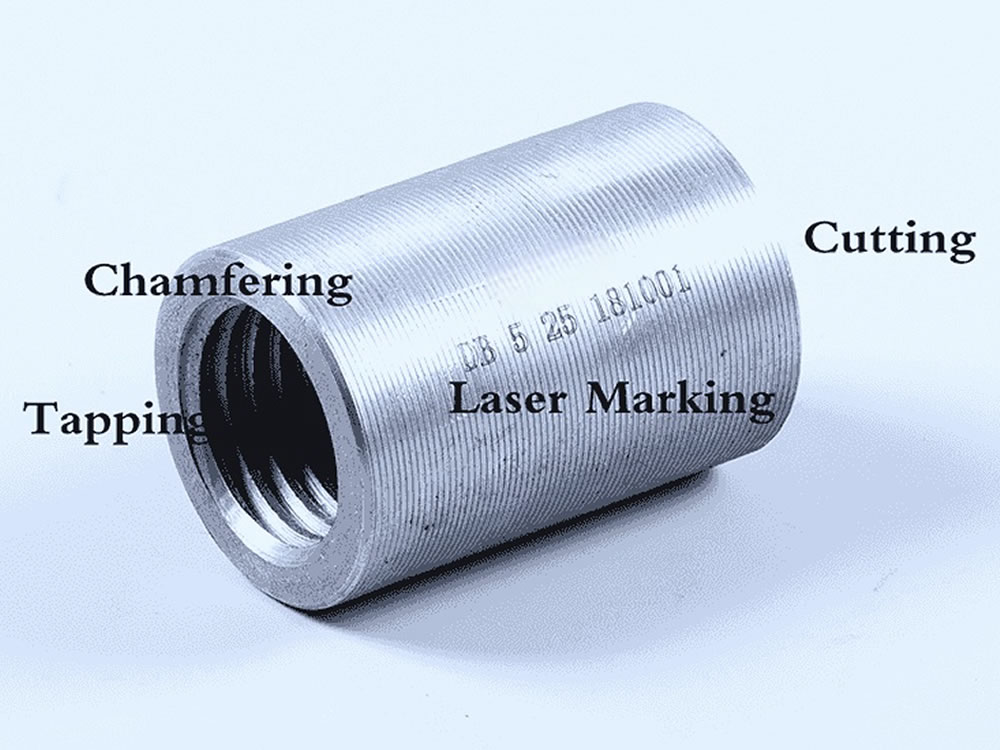

Alloy steel pipes are ideally suitable for chemical, petrochemicals, and other energy-related applications.
The alloy steel pipe adopts high quality carbon steel, alloy structural steel and stainless & heat resisting steel as raw material through hot rolling or cold drawn to be made.
Alloy steel can be used in process area where carbon steel has limitation such as
As an important element of steel products, alloy steel pipe can be divided into seamless steel pipe and welded steel pipe according to the manufacturing technique and tube billet shape.
Here you can see the common alloy steel grade that you will come across.
Why the application of alloy steel pipe is wider than others
There are many kinds of materials used for transport in industrial production. Specifically we will have more choices and it is not limited to the use of alloy steel pipe. But even in the face of more choices, many people tend to choose alloy steel pipe. People make their own choices will have their own reasons. This means the alloy steel pipe application has its own advantages. Compared with transmission lines made of other materials, after it meets the basic application requirements, its quantity is lighter. Then in the practical application of alloy steel pipe, it will have more advantages because of this. Besides its physical characteristic advantage, it also has economic advantages. The wide application of alloy steel pipe is with kinds of reasons. So in practical usage, we can exploit the advantages to the full, in this way can we get more profits in these applications of alloy steel pipe.
The transportation of kinds of gases or liquids in production needs to rely on alloy steel pipe. This shows that the actual role of alloy steel pipe application is important. High temperature resistant and low temperature resistant is the tolerance of temperature. In the practical application of alloy steel pipe, there will be many materials need to be transported. However their temperatures are not the same. So this can be the basic requirement to alloy steel pipe. It needs more corrosion resistance. Corrosion resistant material is the best material during transporting, because it is corrosion resistant. So it can be used in more occasions. And it is definitely very convenient for users.
Can be 100% recycled, environmentally friendly, energy-saving, resource conservation, national strategy, national policy to encourage the expansion of the field of application of high-pressure alloy pipe. Of alloy steel pipe total consumption accounted steel in the proportion is only half of the developed countries, to expand the field of use of the alloy steel pipe to provide a wider space for the development of the industry. The future needs of the average annual growth of China’s high-pressure alloy steel pipe long products up to 10-12%.
Alloy Steel pipe contains substantial quantities of elements other than carbon such as nickel, chromium, silicon, manganese, tungsten, molybdenum, vanadium and limited amounts of other commonly accepted elements such as manganese, sulfur, silicon, and phosphorous.
Our team of experienced sales specialists proudly partners with gas and chemical processors, power generation plants, oil refineries, and related industries to offer piping components and value-added services.
The biggest advantages of alloy steel pipe can be 100% recycled, environmentally friendly, energy-saving, resource conservation, national strategy, national policy to encourage the expansion of the field of application of high-pressure alloy pipe. Of alloy tube total consumption accounted steel in the proportion is only half of the developed countries, to expand the field of use of the alloy tube to provide a wider space for the development of the industry. According to the Chinese Special Steel Association alloy pipe Branch Expert Group, the future needs of the average annual growth of China’s high-pressure alloy pipe long products up to 10-12%.
Steel pipe delivery status(condition): cold / hard (BK), cold / soft (BKW), after cold stress relief annealing (BKS), annealing (GBK), normalized (NBK).
| Term | Symbol | Explanation |
| Cold-finished/hard (cold-finished as-drawn) | BK | No heat treatment after the last cold-forming process. The tubes therefore have only low deformability. |
| Cold-finished/soft (lightly cold-worked) | BKW | After the last heat treatment there is a light finishing pass (cold drawing) With proper subsequent processing, the tube can be cold-formed (e.g. bent, expanded) within certain limits. |
| Annealed | GBK | After the final cold-forming process the tubes are annealed in a controlled atmosphere or under vacuum. |
| Normalized | NBK | The tubes are annealed above the upper transformation point in a controlled atmosphere or under vacuum. |
The general cold strip mills, volume should go through continuous annealing (CAPL unit) to eliminate cold hardening and rolling stress, or batch annealing reach the mechanical properties of the corresponding standard specifies. Cold rolled steel surface quality, appearance, dimensional accuracy better than hot-rolled plate, and right-rolled thin product thickness is about 0.18mm, so the majority of users favor.
Cold rolled steel coil substrate products deep processing of high value-added products. Such as electro-galvanized, hot dip galvanized, electro-galvanized fingerprint resistant, painted steel roll damping composite steel, PVC laminating steel plates, etc., so that the excellent quality of these products has a beautiful, high resistance to corrosion, has been widely used.
Cold rolled steel coil finishing after annealing, cut the head, tail, trimming, flattening, smooth, heavy volume, or longitudinal clipboard. Cold-rolled products are widely used in automobile manufacturing, household electrical appliances, instruments, switches, buildings, office furniture and other industries. Steel plate strapping package weight of 3 to 5 tons. Flat sub-volume typically 3 to 10 tons / volume. Coil diameter 6m.

Bare packing/bundle packing/crate packing/wooden protection at the both sides of tubes and suitably protected for sea-worthly delivery or as requested.
There are probably hundreds of different methods for packing a pipe, and most of them have merit, but there are two principles that are vital for any method to work prevent rusting and Sea transportation security.
Our packing can meet any needs of the customers.
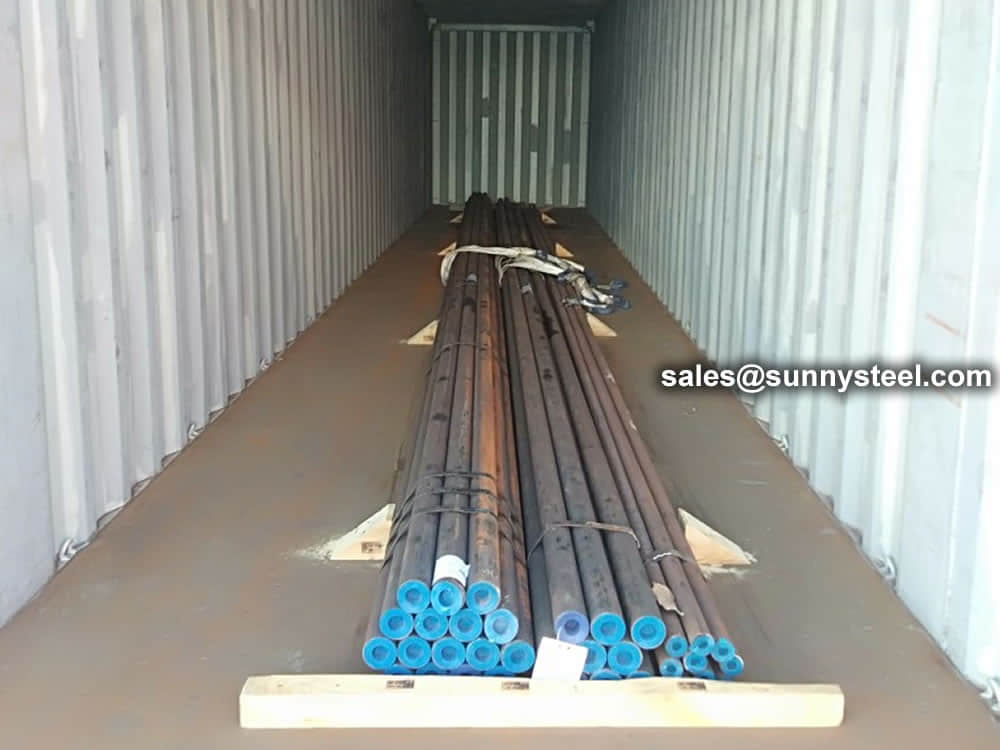
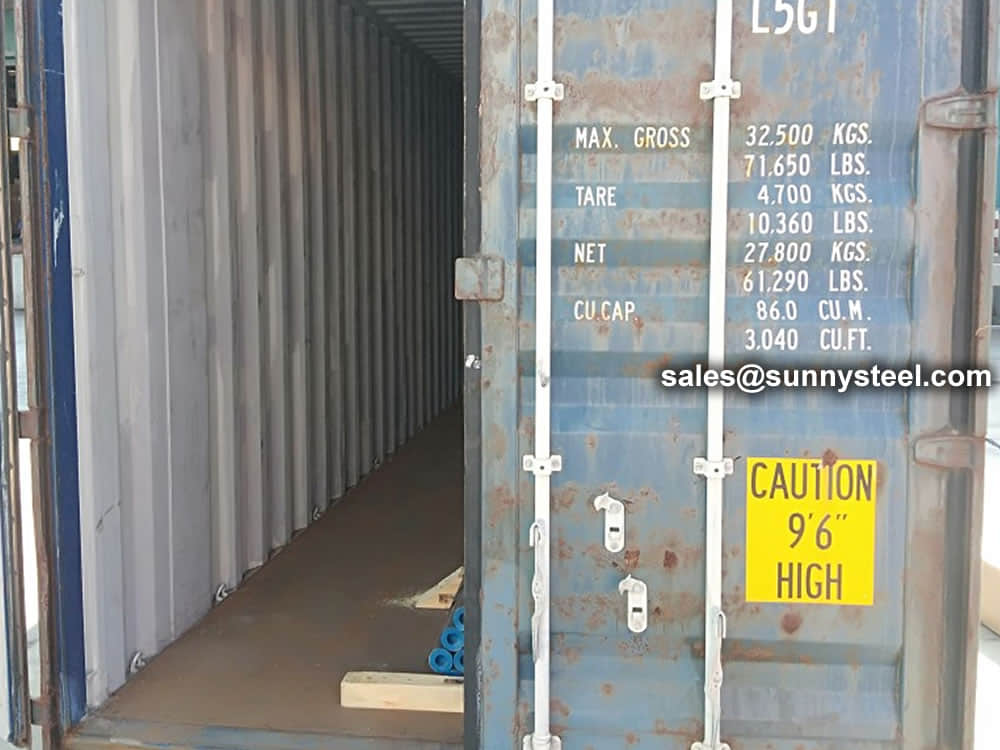
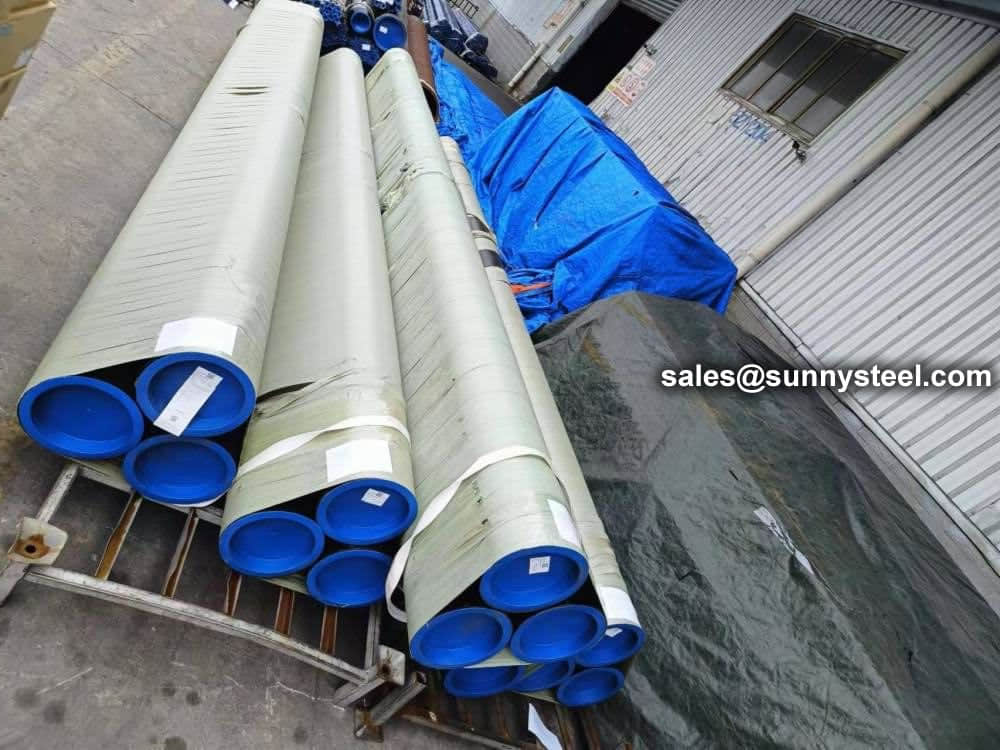









Commonly used alloying elements and their effects are listed in the table given below.
| Alloying Elements | Effect on the Properties |
|---|---|
| Chromium | Increases Resistance to corrosion and oxidation. Increases hardenability and wear resistance. Increases high temperature strength. |
| Nickel | Increases hardenability. Improves toughness. Increases impact strength at low temperatures. |
| Molybdenum | Increases hardenability, high temperature hardness, and wear resistance. Enhances the effects of other alloying elements. Eliminate temper brittleness in steels. Increases high temperature strength. |
| Manganese | Increases hardenability. Combines with sulfur to reduce its adverse effects. |
| Vanadium | Increases hardenability, high temperature hardness, and wear resistance. Improves fatigue resistance. |
| Titanium | Strongest carbide former. Added to stainless steel to prevent precipitation of chromium carbide. |
| Silicon | Removes oxygen in steel making. Improves toughness. Increases hardness ability |
| Boron | Increases hardenability. Produces fine grain size. |
| Aluminum | Forms nitride in nitriding steels. Produces fine grain size in casting. Removes oxygen in steel melting. |
| Cobalt | Increases heat and wear resistance. |
| Tungsten | Increases hardness at elevated temperatures. Refines grain size. |
